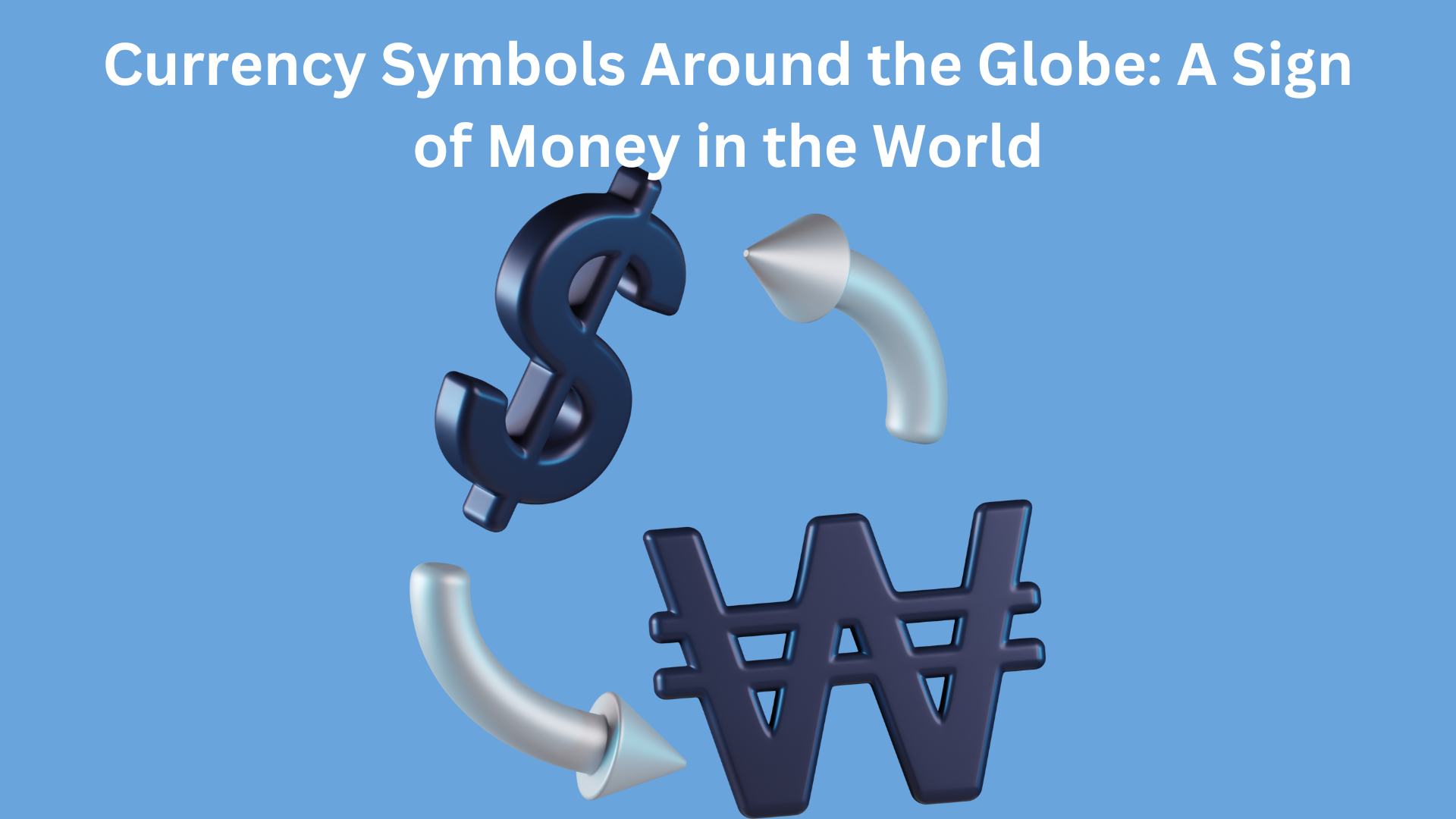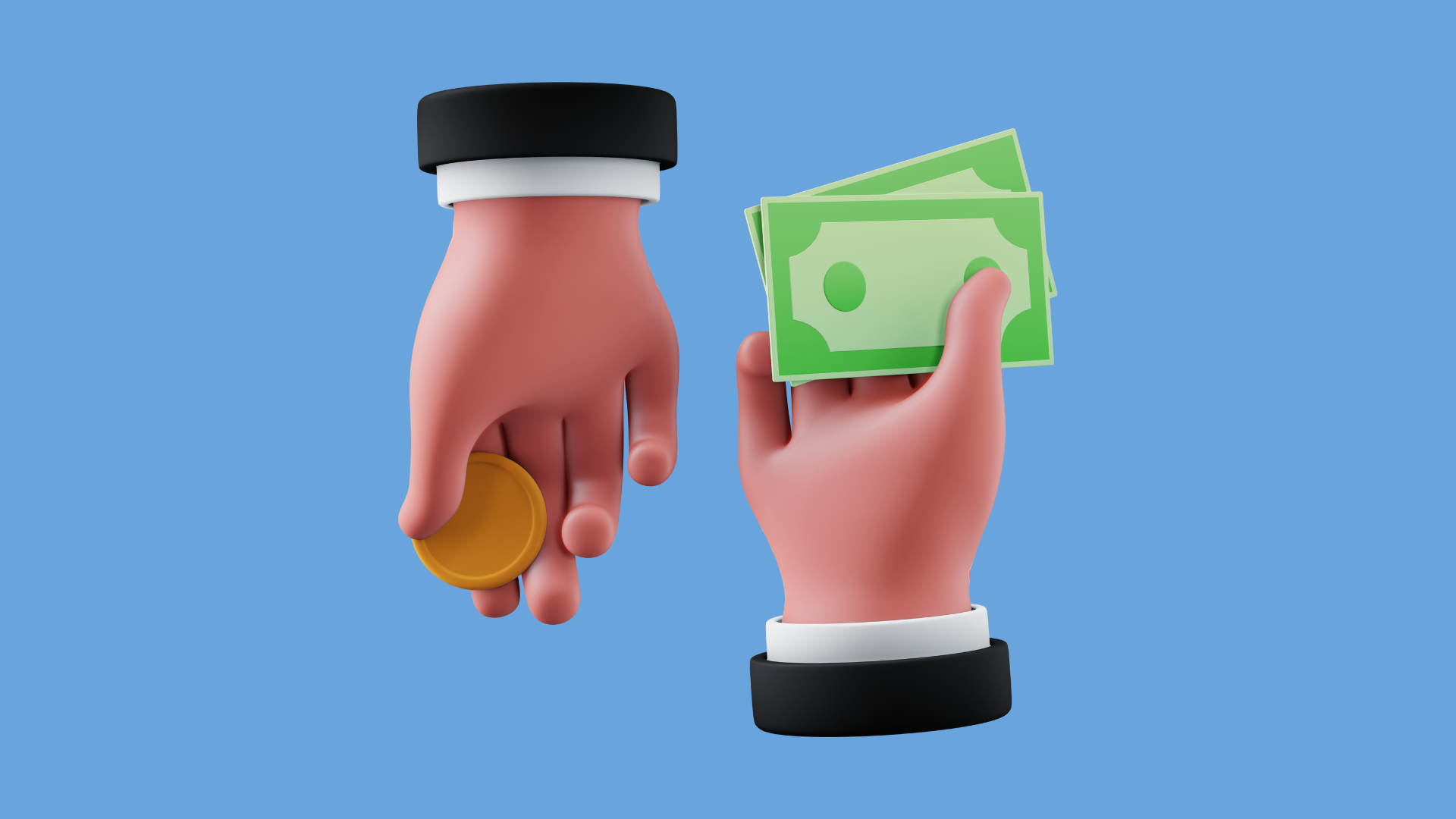Currency Symbols Around the Globe: A Sign of Money in the World
Currency symbols play a crucial role in representing different forms of money used around the world. These symbols are not only a representation of a specific currency but also carry historical, cultural, and economic significance. For developers and businesses operating in a global market, understanding these symbols is essential for creating effective financial applications and conducting international transactions. In this blog post, we will explore the various currency symbols used around the world and their significance.

The Importance of Currency Symbols
Currency symbols are used to denote a specific form of money in a particular country or region. They are used in financial transactions, accounting, and are prominently displayed on banknotes and coins.
These symbols help distinguish between different currencies and are essential for ensuring accurate and efficient financial transactions.
Common Currency Symbols
- Dollar Sign ($): The dollar sign ($) is one of the most widely recognized currency symbols in the world. It is used to represent various currencies, including the United States Dollar (USD), Canadian Dollar (CAD), Australian Dollar (AUD), and many others.
- Euro Sign (€): The euro sign (€) is used to represent the Euro (EUR), the official currency of the Eurozone. The Euro is used by 19 of the 27 European Union countries, making it one of the most widely used currencies in the world.
- Pound Sterling Sign (£): The pound sterling sign (£) is used to represent the British Pound Sterling (GBP), the official currency of the United Kingdom. The pound sterling is one of the oldest currencies still in use today.
- Yen Sign (¥): The yen sign (¥) is used to represent the Japanese Yen (JPY), the official currency of Japan. The yen is known for its stability and is one of the most traded currencies in the foreign exchange market.
- Yuan Sign (元): The yuan sign (元) is used to represent the Chinese Yuan Renminbi (CNY), the official currency of China. The yuan is increasingly becoming a major international currency due to China's economic growth.

Significance of Currency Symbols in Business
Currency symbols play a crucial role in international business transactions. They help businesses and financial institutions identify the currencies involved in a transaction, which is essential for accurate accounting and financial reporting. Additionally, currency symbols can also impact consumer behavior, as they can influence perceptions of value and pricing.
Currency Symbols in Development
For developers, understanding currency symbols is essential when working on financial applications and e-commerce platforms. Incorporating the correct currency symbols ensures that transactions are processed accurately and that users have a seamless experience when conducting transactions in different currencies.
Conclusion
Currency symbols are more than just symbols of money; they are a reflection of the diverse cultures and economies of the world. Understanding these symbols is essential for businesses and developers operating in a global market, as they play a crucial role in facilitating international transactions and financial interactions.
FAQs
Q: Are currency symbols standardized worldwide?
A: While some currency symbols, like the dollar sign ($), are widely recognized and used, not all countries adhere to standardized symbols for their currencies.
Q: How are currency symbols determined for each country?
A: Currency symbols are typically chosen by the issuing authority of a country's currency, such as its central bank or government.
Q: Can currency symbols change over time?
A: Yes, currency symbols can change due to political, economic, or cultural reasons. For example, some countries have changed their currency symbols to reflect a new currency or economic system.
Q: Are there any currency symbols that are no longer in use?
A: Yes, some currency symbols, such as the German Mark (DM) and the Italian Lira (₤), are no longer in use due to the adoption of the Euro in their respective countries.
Q: Do all countries use symbols for their currencies?
A: While most countries use symbols for their currencies, some countries, like Zimbabwe, have used other forms of notation due to currency instability.